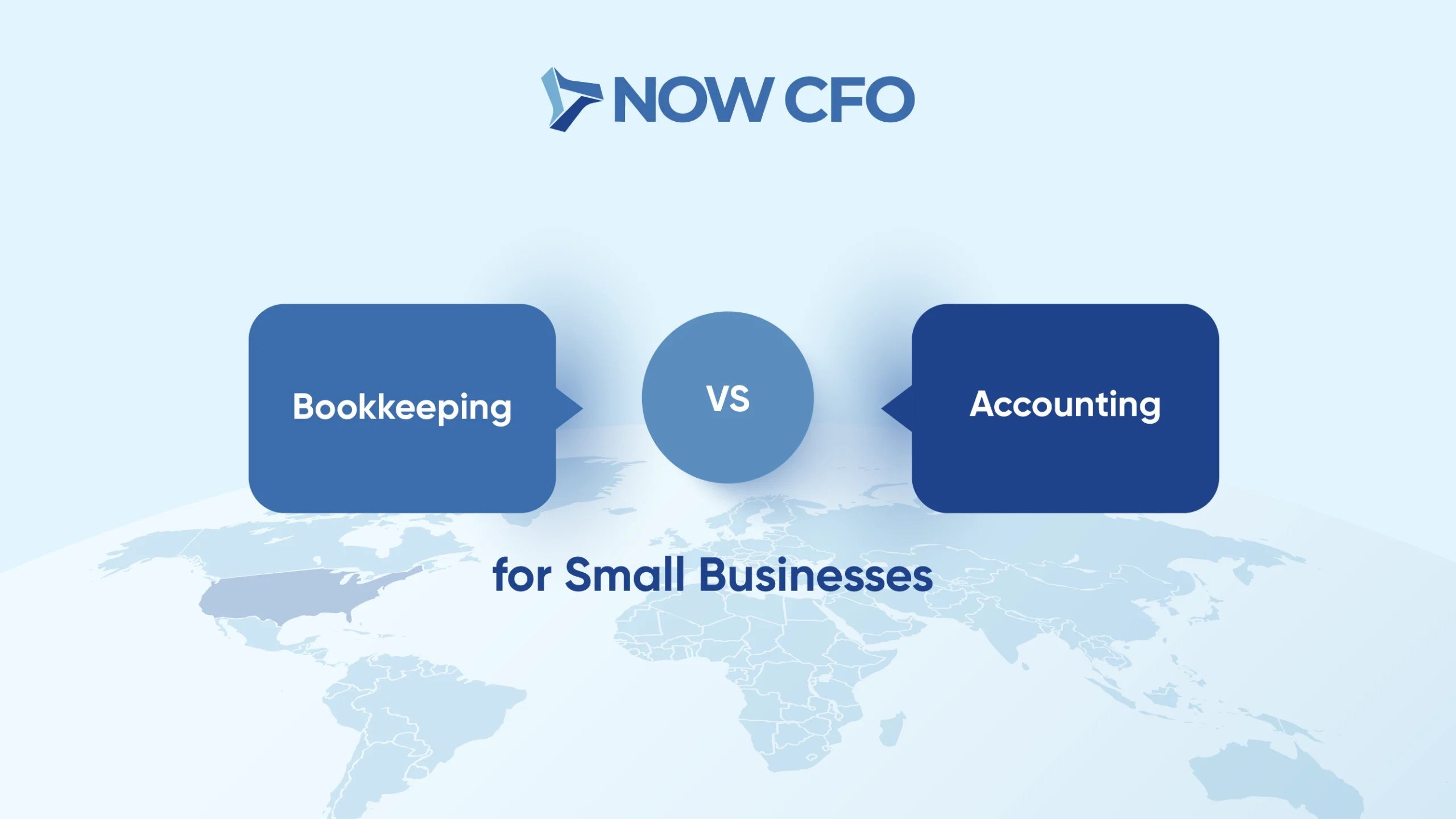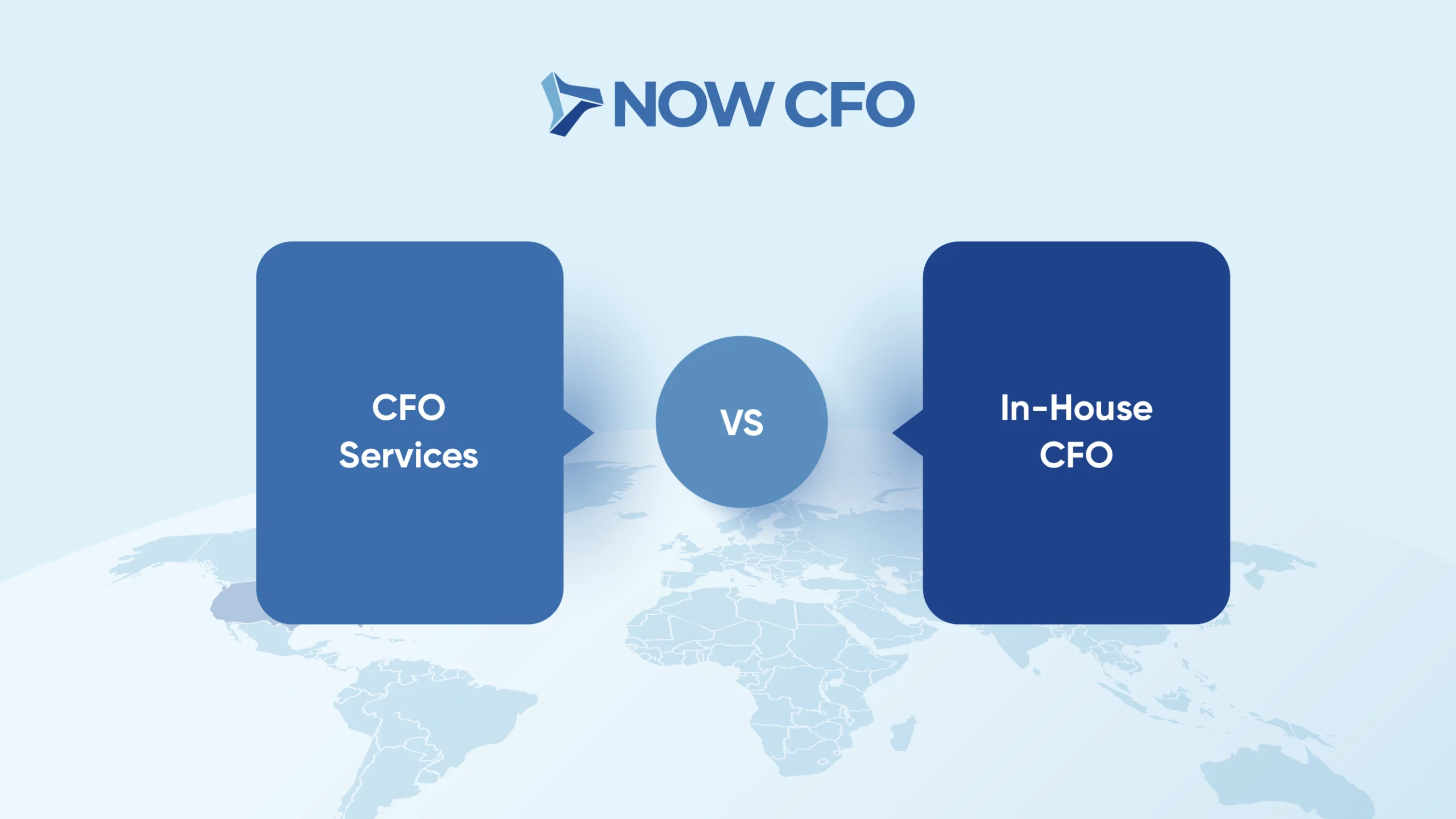
What is difference between Company’s Budget Report and Financial Report?
Budget Report vs. Financial Report
It takes more than just the Chief Financial Officer (CFO) and the rest of the executive team to prepare the company’s budget. They also need the help of the accounting and finance staff, the department heads and more. When it comes to budget reporting, unless you are preparing the report yourself each time, there can be a lot of unknowns.
Get to know your company by getting to know the budget reporting process. Know the difference between a financial report and a budget report. Understand the different types of budgets that provide the data for the report, therefore know how to read the report. Learn how to present your department’s budget report to the executive team.
Budget reports present one company’s various budgets. Often called budget to actuals, these reports include the cashflow of various departments and sectors of the business. The budget report shows the company’s inflows and outflows of cash as compared to the projections set out in their budget at the start of the period.
The report is primarily used to show how the business is managing its funding. This includes how current funds are being managed as well as how much money is available for new products or changes to services.
In contrast, a financial report is an in-depth analysis of how well the company is doing holistically. It often includes the data from the budget report as well as other key performance indicators (KPIs) to project the company’s success into the future. This report is primarily synthesized to show investors, shareholders and members of the executive team how the company is doing. Both reports are used for financial planning and decision making.
Types of Budgets
Master Budget
Most companies start out with a master budget. This serves as a project for the entire company, usually for an entire fiscal year. The master budget usually includes projections for revenue, expenses, operating costs and sales.
Static Budget
A static budget is based on planned inputs and outputs for each of the company’s departments and divisions. This budget determines how much money and company has and how much money it will spend, especially on fixed expenses like rent.
Non-profits and other companies relying on donations and grants will usually use a static budget for all of their budgeting.
Operating Budget
This type of budget takes into account the revenue and expenses the company generates on a day-to-day basis. In other words, this budget accounts for the expenses involved in operating the company. This includes things like cost of goods sold, overhead expenses and administrative costs.
Cashflow Budget
Cashflow budgets help determine how much cash is being generated by the company in any given period. This also includes both inflows and outflows of cash.
To create the budget, the budgeter monitors things like the collection rate of accounts receivable and the content and success of the operating budget. Using this data, they determine if the business is on track, if they need a long or short term cash infusion, or if operational processes or procedures need to be streamlined or adjusted.
Reading the Budget Report
A budget report usually contains four columns: budget, actual, over budget and percent of budget.
- Budget– This column contains the projected figures from the master budget prepared at the beginning of the fiscal year.
- Actual– This column shows the actual results for the period the master budget was set to plan.
- Over budget– In this column, you will find the amount by which the company exceeded (or did not exceed) the budgeted figures.
- Percent of budget– This shows the percentage achievement against the original budget in the form of an over or under percentage.
Some budget reports do not have separate columns for the over budget and the percent of budget areas. Instead, they are lumped together to contain the same data, typically under the header “variances.”
A business owner can also use the information contained in the budget report to expose problem areas in operations. For example, would the figures benefit from an increase in sales and fewer daily expenses? A larger customer base? Actions to remedy these problem areas should be accounted for in the next iteration of the master budget.
Presenting Your Budget Report
Many companies will have the department heads present their own departmental budget report in a recurring budget meeting therefore, here are a few tips for nailing your budget report presentation:
Prepare the Report
Preparing the report is also strong first step to any budget reporting meeting. Consider using a software that will help you track and present the data in an aesthetic and simple manner.
Build Out a Forecast
Your executive team will probably ask you for a few projections going into the next budgeting period. Come prepared with a forecast of future expenses.
Hit the Highlights
The budget report will have a lot of data. Pick the most important points and focus on those during your presentation and be sure to highlight areas where you are under budget.
Address Problem Areas
Unfortunately, your presentation can’t be all highlights. Address areas in the report where you are over budget. Come prepared with ways that you are going to cut spending or increase earning in those areas for the next period.
Bring Visuals
Put easy to read charts in a PowerPoint presentation, in addition bring a copy of your budget report for every person attending the meeting. Prepare answers to any questions they may ask.
Get Your Free Consultation
Gain Financial Visibility Into Your Business
We provide outsourced CFO, fractional, and temporary CFO, Controller, and operational Accounting services that suit the needs of your business.
- Hourly Rates
- No Hidden Fees
- No Long Term Requirements
NOW CFO provides the highest level of expertise in finance and operational accounting to accelerate results and achieve strategic objectives for sustainable growth and success.
Learn More: A Guide to Capital Budgeting














